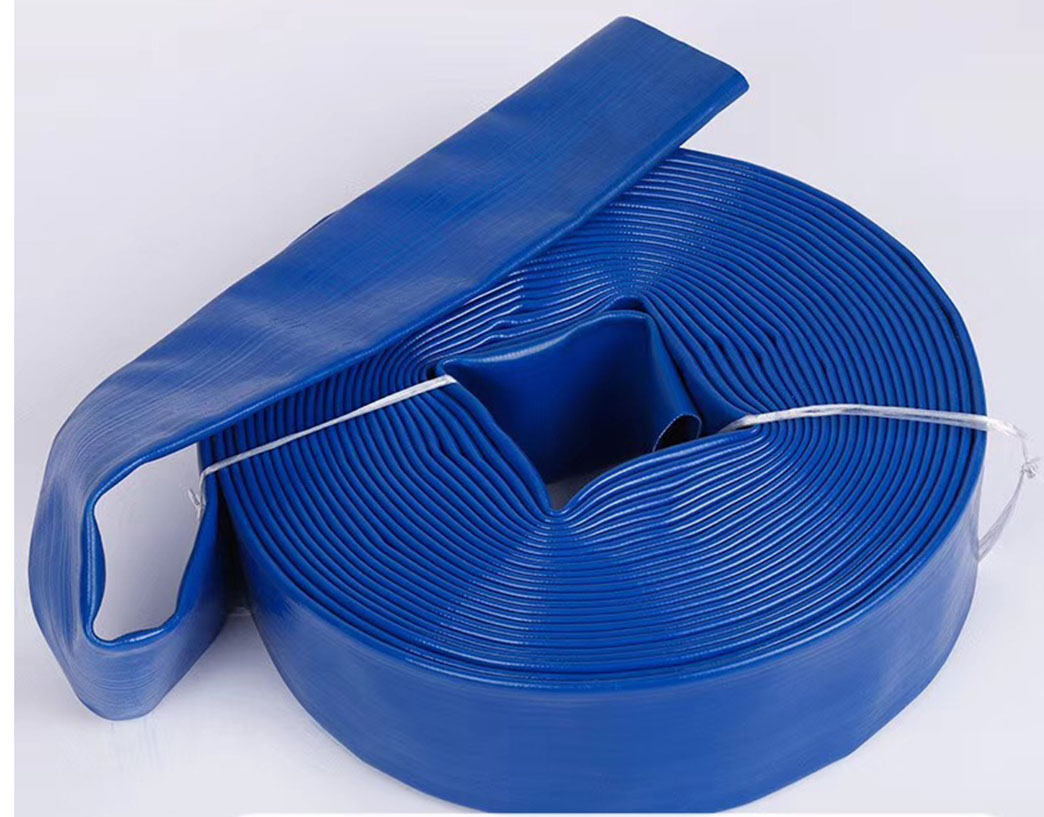flexible plastic hose sizes
Understanding Flexible Plastic Hose Sizes
Flexible plastic hoses have become an integral part of various industries, ranging from agriculture to manufacturing. Their versatility and durability make them ideal for transporting liquids and gases. However, understanding the different sizes of these hoses is crucial for selecting the right one for your specific needs. In this article, we will explore the various sizes of flexible plastic hoses, their applications, and how to choose the right size.
Types of Flexible Plastic Hoses
Flexible plastic hoses come in a variety of materials, with PVC (polyvinyl chloride) and polyethylene being some of the most common. Each type has unique characteristics that make them suitable for specific applications. For instance, PVC hoses are known for their strength and resistance to weathering, while polyethylene hoses are lighter and more flexible.
When it comes to sizes, flexible plastic hoses are usually measured by their inner diameter (ID) and outer diameter (OD). The sizes can range anywhere from a quarter-inch (6.35 mm) to several inches (over 100 mm), depending on the intended use.
Common Sizes and Their Applications
1. Small Hoses (1/4” to 1”) - Usage These sizes are commonly used in household applications, irrigation systems, and small-scale construction projects. They are lightweight and easy to handle, making them perfect for gardening and watering plants. - Benefits Small hoses are often more flexible, allowing for easier maneuvering around plants and obstacles. They can also be used for light pressure applications, such as spraying water or fertilizers.
flexible plastic hose sizes

2. Medium Hoses (1” to 2”) - Usage Medium-sized hoses are often utilized in industrial settings, plumbing systems, and light-duty automotive applications. They are robust enough to handle moderate pressure and flow rates. - Benefits These hoses offer a balance of durability and flexibility, making them ideal for a range of medium-duty tasks. Their size also allows for better flow rates compared to smaller hoses.
3. Large Hoses (2” and above) - Usage Large flexible plastic hoses are primarily used in heavy-duty applications, such as water drainage, construction sites, and agricultural irrigation systems. They can handle significant pressure and larger volumes of fluid. - Benefits These hoses are designed for heavy use and can withstand harsh environmental conditions. Their larger diameter allows for faster fluid movement, making them essential for applications requiring high flow rates.
Choosing the Right Size
When selecting a flexible plastic hose, it is essential to consider several factors
- Application Determine what the hose will be used for—this will guide the size and type you need. - Pressure Requirements Check the pressure rating needed for your application; larger hoses can typically handle more pressure. - Flow Rate Calculate the required flow rate to ensure the hose can deliver the necessary volume of liquid or gas. - Compatibility Ensure that the hose is compatible with the materials it will be transporting to avoid corrosion or degradation.
Conclusion
In summary, understanding flexible plastic hose sizes is essential for effective and safe use across various applications. By considering the specific requirements of your project, you can select the right size and type of flexible plastic hose to meet your needs efficiently. Whether for home gardening or industrial applications, the right hose can make all the difference.
-
Top Quality Oxy Acetylene Hoses for Sale Fit for Welding DemandsNewsJul.28,2025
-
The Future of Pneumatic Air Tubes in IndustryNewsJul.28,2025
-
Superior and Reliable LPG Hose Pipe Solutions for Every NeedNewsJul.28,2025
-
Exceptionally Durable and Versatile Premium Braided PVC TubingNewsJul.28,2025
-
Best Adapters for Connecting Garden Hose to PVC Pipe ConnectionsNewsJul.28,2025
-
The Essential Role of LPG Hoses in Safe and Efficient Gas DistributionNewsJul.16,2025














